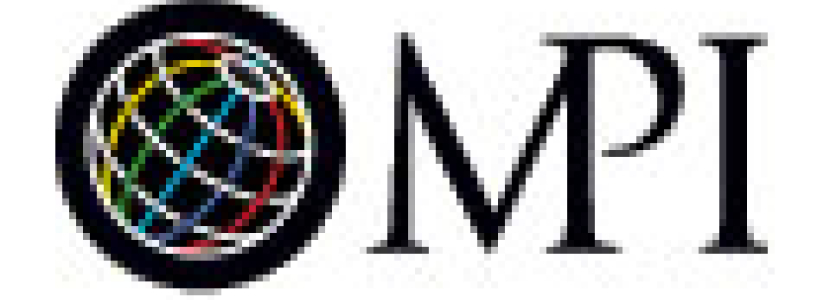
I wish things would just get back to normal.
I’ve heard that plea from many business leaders in the past few months. The recession appears all but over, but the global financial crisis itself has been more than just an economic issue. The structure of industries and the rules of success and failure have altered, and this is especially true for the meeting industry.
In the next three to five years, five forces will likely cause massive disruptive change within our industry—some of which have already been changing the world of work for a decade or so, but the recession served to accelerate their impacts and significance. I call these five forces the TIDES of change.
TECHNOLOGY. Advances in technology, driven by sustained improvements in computing power, speed and capacity will continue to be one of the most important drivers of change in the decade ahead. From personalized medicine and genetic manipulation to space tourism and alternative energy, the next 10 years promise to be a whirlwind of disruptive technology advances. The meeting industry will be most affected by advances in communication technology, including the continued acceptance of social media and instant messaging as the primary form of electronic communication, the increasing use of smart phones and significantly improved remote video, 3-D and holographic communications and augmented reality.
The critical question that you should ask at least once a month: “What changes in technology have we seen recently that could disrupt our industry and change our business in the next three to five years?” Technology advances in the coming years will come thick and fast, so the answer to this question will change. Also consider who is best equipped to effectively answer. It may not be the members of your team with the most experience in the meeting industry nor your IT manager or CIO, who normally focuses on compliance and risk mitigation rather than on disruptive innovations.
INSTITUTIONAL CHANGE. Institutions are the formal and informal structures of society and industry. The meeting industry is an institution, and like every other sector, it faces deep structural change as a result of the recession. Different industries are experiencing different types of foundational and structural change: banks face new regulations, newspapers face a collapse of revenue streams, post offices face fewer letters sent and more parcels delivered, pharmaceutical companies face the end of patents on about 30 percent of their blockbuster drugs and the music industry faces the world’s new largest music retailer, iTunes. Ask what structural and foundational changes will likely disrupt the meeting industry in the next three to five years and how these may affect your business.
DEMOGRAPHICS. Aging populations, falling fertility, people marrying later (and divorced more), changed behavior in retirement and pensions, increased global migration and globalization and the continued shifts of political and economic power toward developing countries are just a few of the demographic trends that will change the world in the next decade. In the meeting industry, we’ll be faced with increasing challenges related to generational differences as the younger gens become decision makers and the older gens remain in the workplace longer. We must understand how to deal with greater cultural diversity and the emergence of the developing world as both destination and decision maker. Consider how these trends affect you.
ENVIRONMENT AND SUSTAINABILITY. We’re all aware of the drive toward “green” meetings and sustainability. And whatever you think about it, world governments are moving toward regulation and taxation that will impact every industry, including meetings. Prepare for these changes now.
SHIFTING SOCIAL VALUES. If the forces above are changing the world, then it’s no surprise that what people consider to be normal—their expectations of how things work—are changing, too. Our values have been changing for some time—views on the status of a normal career; the roles of women, marriage, homosexuality and diversity; and the importance of work-life balance, recycling and the use of technology. Delineate what social values are changing in your part of the world, and how they impact your role in the meeting industry.
Of course, not everything is going to change for everyone overnight, but in the next few years every company in every industry will experience significant, disruptive change. Companies that ready themselves and anticipate industry discontinuity will be well positioned to gain a significant competitive advantage.
In this column, I plan to look at these trends and the future of meetings. We will come back and look at these disruptive forces in more detail over the next few months (for more detail now, see http://tinyurl.com/tideschange). We’ll examine examples and case studies and uncover insights into how we can anticipate disruptions and also gain a competitive advantage by doing so. It’s about thriving in the chaos—not just surviving it. One+




